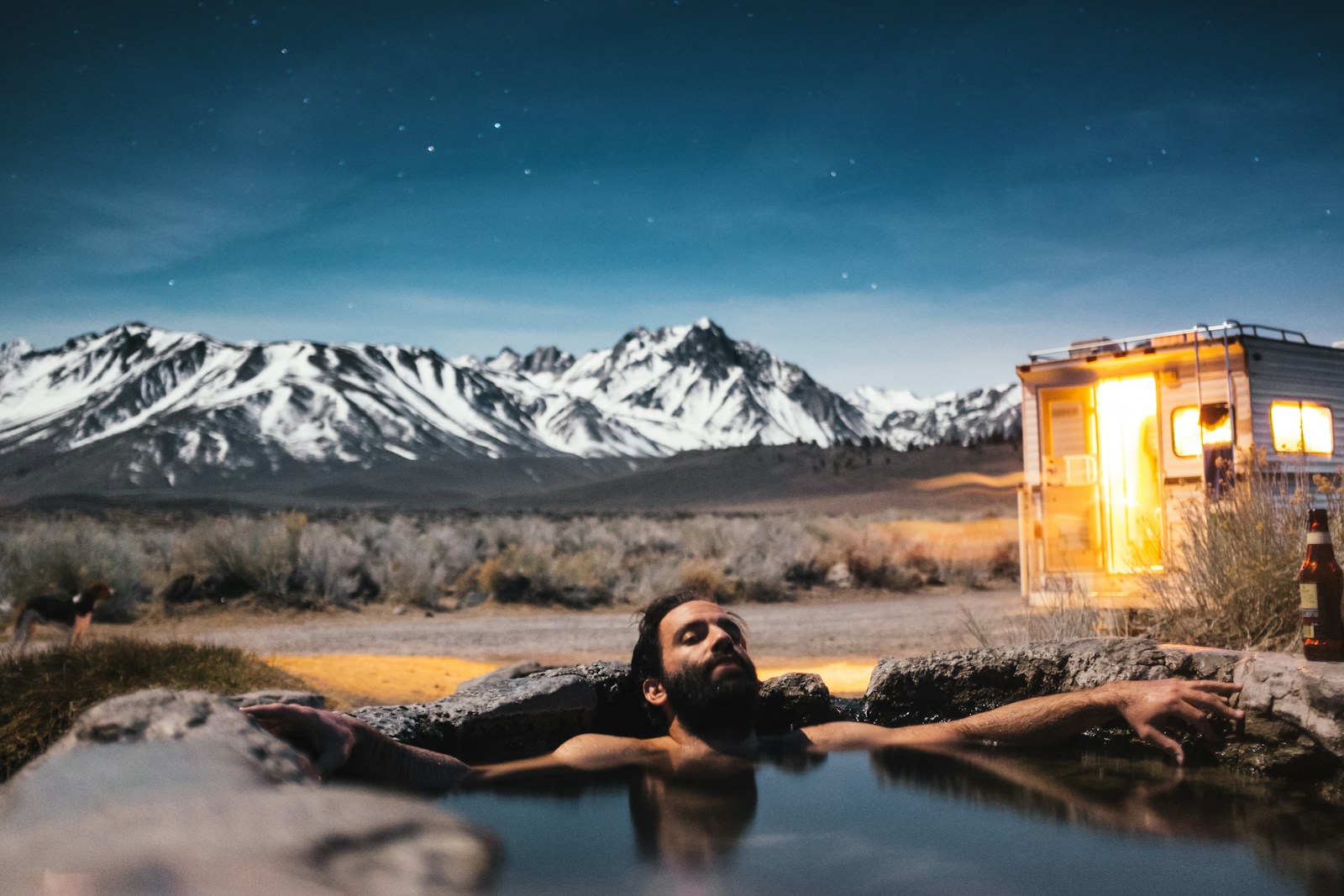Beneath the vast canopy of stars, a profound adventure awaits—one where the primal comfort of wilderness camping meets the luxurious embrace of geothermal waters. Camping near hot springs represents one of nature’s most perfect pairings, offering travelers a chance to experience the rugged beauty of the outdoors while enjoying the therapeutic reward of natural thermal baths. This harmonious blend of adventure and relaxation has remained something of an open secret among outdoor enthusiasts, who have long treasured these special locations where Earth’s inner warmth rises to meet the surface. Whether you’re soaking away hiking soreness in steaming waters or watching constellations wheel overhead from a warm pool, the experience creates memories that linger long after your tent is packed away. In this article, we’ll explore everything you need to know about finding, enjoying, and responsibly visiting these magical destinations where wilderness and wellness converge.
Understanding Hot Springs: Nature’s Thermal Wonders
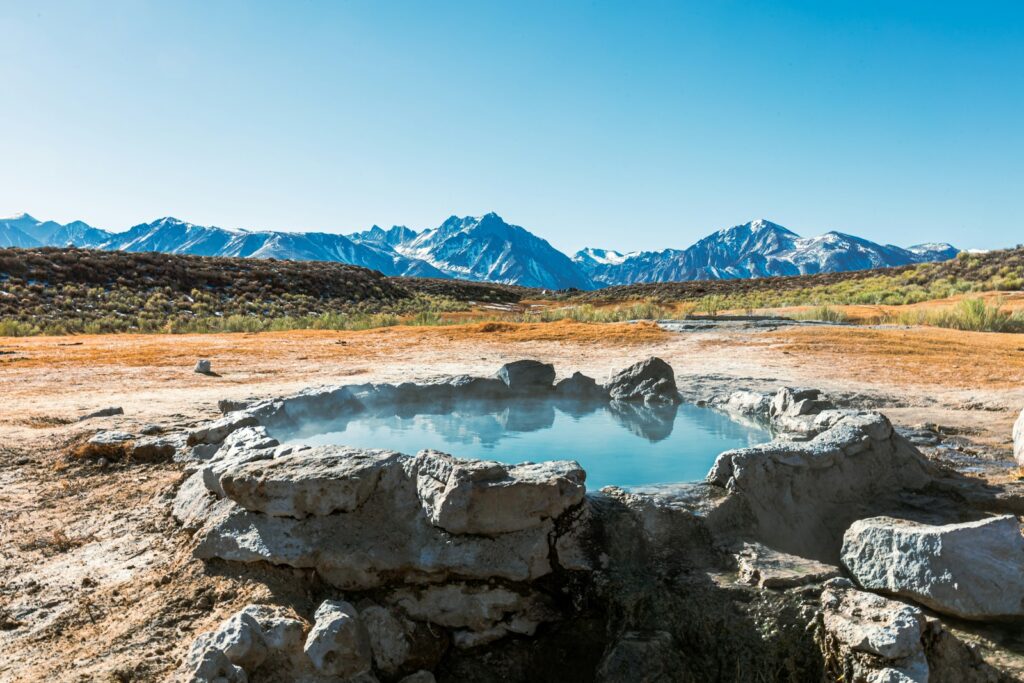
Hot springs occur when geothermally heated groundwater rises through cracks in the Earth’s crust, creating natural pools of warm to hot water enriched with minerals. These geological marvels form primarily along fault lines and in regions with volcanic activity, where magma heats underground water reservoirs. The resulting springs vary tremendously in temperature—from pleasantly warm to dangerously scalding—and in mineral composition, with many containing therapeutic levels of sulfur, calcium, magnesium, and other elements. Native peoples across continents have revered these waters for thousands of years, considering them sacred healing places with profound spiritual significance. Understanding the geological processes behind hot springs enhances appreciation for these rare natural phenomena and reminds us that we’re experiencing direct contact with Earth’s dynamic inner processes when we slip into these ancient waters.
The Health Benefits of Hot Spring Soaking
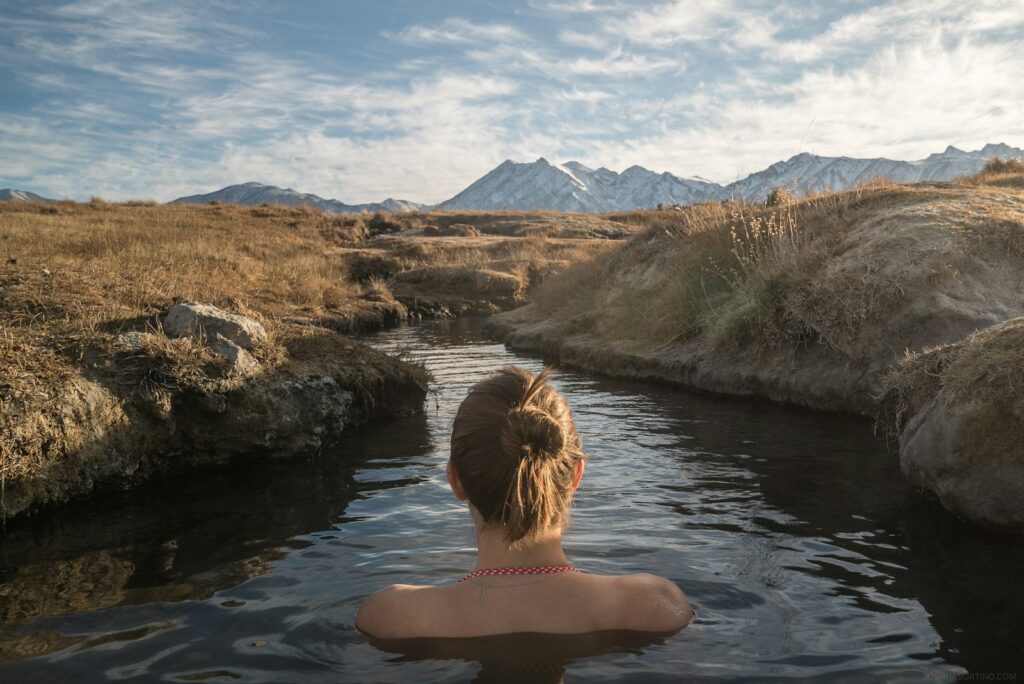
Immersion in mineral-rich hot springs offers far more than mere relaxation—it provides a wealth of documented health benefits that have been recognized across cultures for millennia. The combination of heat and mineral content can help reduce inflammation, ease joint pain, and improve circulation throughout the body. Many hot springs contain sulfur compounds that may benefit skin conditions like eczema and psoriasis, while the silica content in others leaves skin noticeably softer. Beyond physical benefits, the meditative experience of soaking in natural thermal waters amid beautiful landscapes has profound effects on mental well-being, reducing stress hormones and promoting deep relaxation. Japanese research into their traditional onsen bathing culture has even shown that regular hot spring use may help reduce blood pressure and improve sleep quality, making these natural spa experiences a holistic health practice rather than merely a vacation indulgence.
Top Hot Springs Camping Destinations in North America
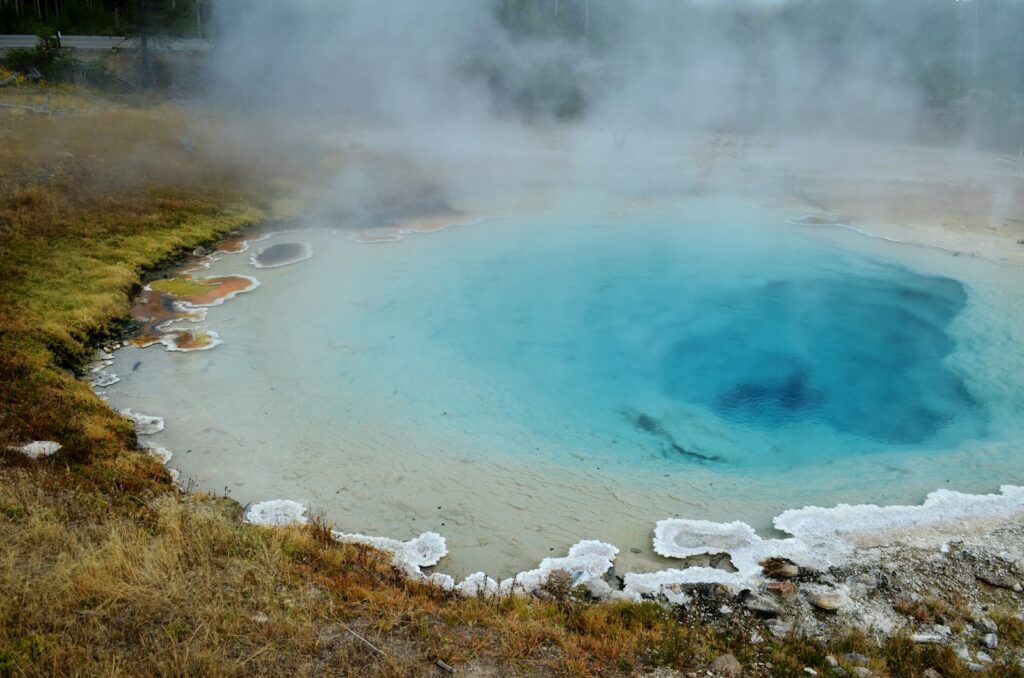
North America offers an abundance of accessible hot springs with nearby camping options, ranging from developed resorts to pristine wilderness areas. In the western United States, Yellowstone National Park contains more geothermal features than anywhere else on earth, though soaking is limited to designated areas like the Boiling River where hot spring water mixes with cooler river flows. Outside park boundaries, Idaho’s numerous hot springs include scenic Kirkham Hot Springs along the Payette River, with terraced pools and camping options nearby. Further west, Oregon’s Umpqua Hot Springs in the Cascade Mountains offers primitive camping and multi-tiered pools overlooking a forested river valley. In the Southwest, New Mexico’s Jemez Mountains contain several undeveloped hot springs with dispersed camping options on adjacent national forest land, while Colorado boasts accessible destinations like Radium Hot Springs along the Colorado River with free primitive camping nearby. For those willing to venture north, Canada’s remote Liard River Hot Springs in British Columbia offers a developed campground adjacent to some of the country’s most spectacular thermal pools set within a lush boreal forest.
International Hot Springs Camping Experiences
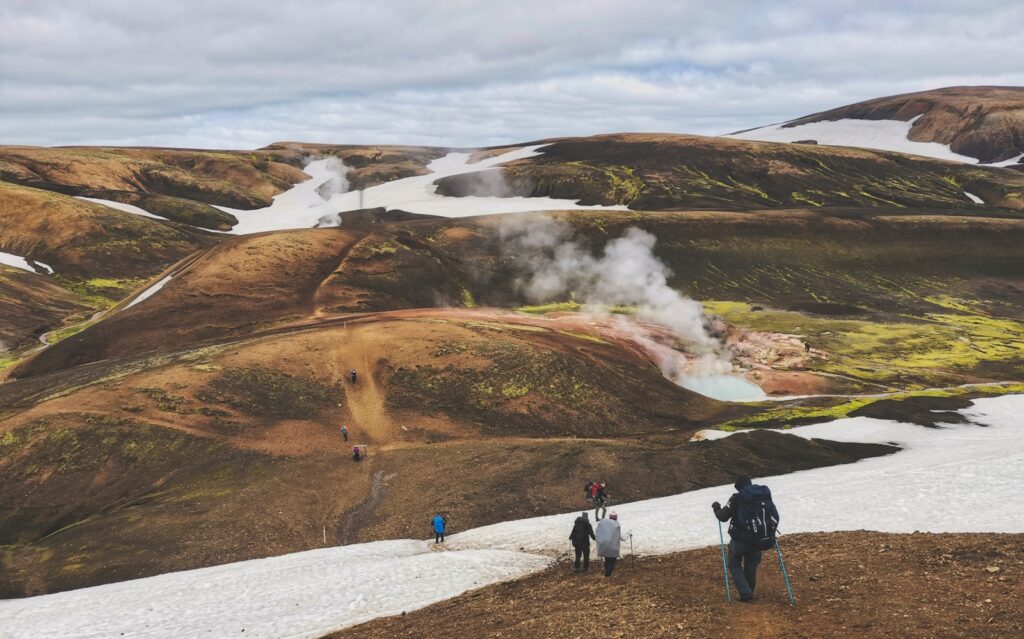
Beyond North America, international destinations offer unique hot springs camping experiences shaped by local cultures and landscapes. Iceland stands as perhaps the world’s premier hot springs destination, with countless geothermal areas where travelers can wild camp near natural pools like those at Landmannalaugar, surrounded by rhyolite mountains and volcanic landscapes. In New Zealand, the Kerosene Creek hot springs provide free camping areas near naturally heated streams flowing through lush native bush settings on North Island. Japan’s onsen culture typically separates bathing from camping, but rural areas like Wakayama Prefecture offer opportunities to camp near traditional hot spring baths. South America boasts extraordinary options like Chile’s Termas Geometricas in Patagonia, where red wooden walkways connect 17 thermal pools with nearby camping opportunities. For adventurous travelers, the remote Himalayan hot springs of India and Nepal, such as those in Parvati Valley, offer transformative experiences where camping beside ancient thermal waters comes with breathtaking mountain vistas and cultural immersion in local traditions that have honored these waters for generations.
Essential Gear for Hot Springs Camping
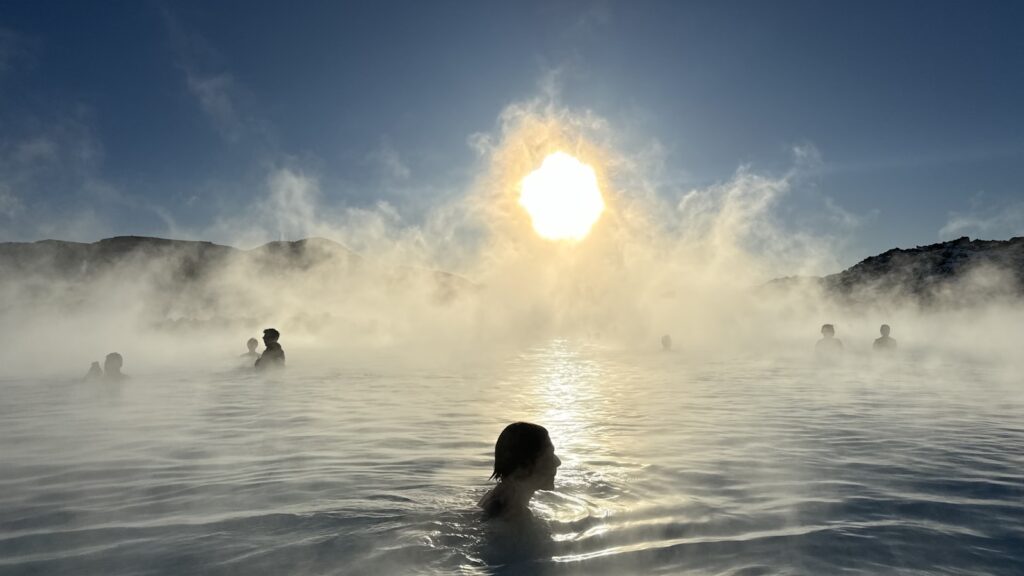
Preparing for a hot springs camping trip requires thoughtful packing to maximize enjoyment while respecting these sensitive natural environments. Beyond standard camping equipment, bring quick-dry towels that pack down small and dry efficiently between soaks, as well as water shoes or sandals that can protect feet from sharp rocks and hot surfaces around spring edges. A silicone or stainless steel water bottle allows you to enjoy hot beverages beside the springs during cooler evenings without risking broken glass. Consider packing a small tarp that can serve as a changing area for privacy, especially at undeveloped springs without facilities. A headlamp with a red light setting proves invaluable for nighttime soaks, providing necessary illumination without disturbing the night atmosphere or other visitors. For springs with sulfur content, bring separate swimwear and a sealed container for wet, mineral-scented items, plus biodegradable soap for afterward, as sulfur odors can linger on fabric and skin. Finally, include a water filter or purification system, as many remote hot springs areas lack potable water sources for drinking and cooking needs during your stay.
Safety Considerations: Temperature and Water Quality
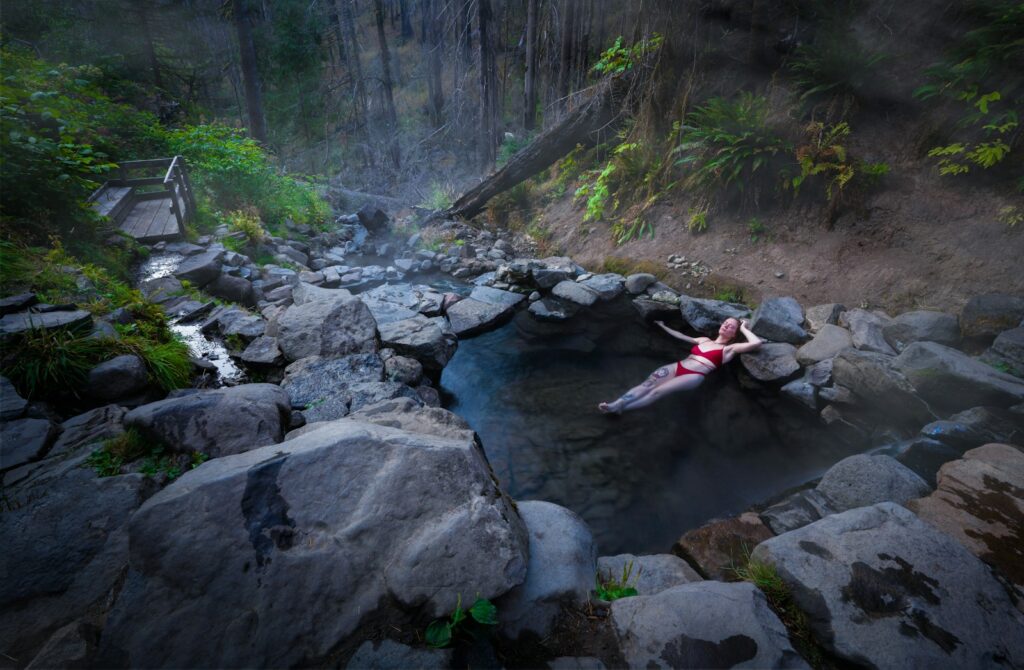
Safety must remain paramount when enjoying natural hot springs, starting with temperature awareness—waters exceeding 104°F (40°C) may pose health risks including dehydration, heat exhaustion, and potentially dangerous drops in blood pressure. Always test water temperature carefully before entering, limiting soak time to 15-20 minutes and exiting immediately if feeling dizzy or uncomfortable. Water quality varies tremendously between springs; research current conditions before visiting, as some contain harmful bacteria or amoebae, particularly in warm stagnant pools. Springs with active water flow typically offer safer soaking conditions than still pools. Pregnant women, young children, those with heart conditions, and anyone with open wounds should exercise extra caution or avoid hot springs entirely. Never drink from hot springs regardless of how pristine they appear, as many contain naturally occurring minerals that, while beneficial for external use, may cause illness if ingested. When camping near thermal areas, be aware that ground temperatures can vary unpredictably—always check tent sites carefully for unusual warmth that might indicate underground thermal activity.
Hot Springs Etiquette and Preservation
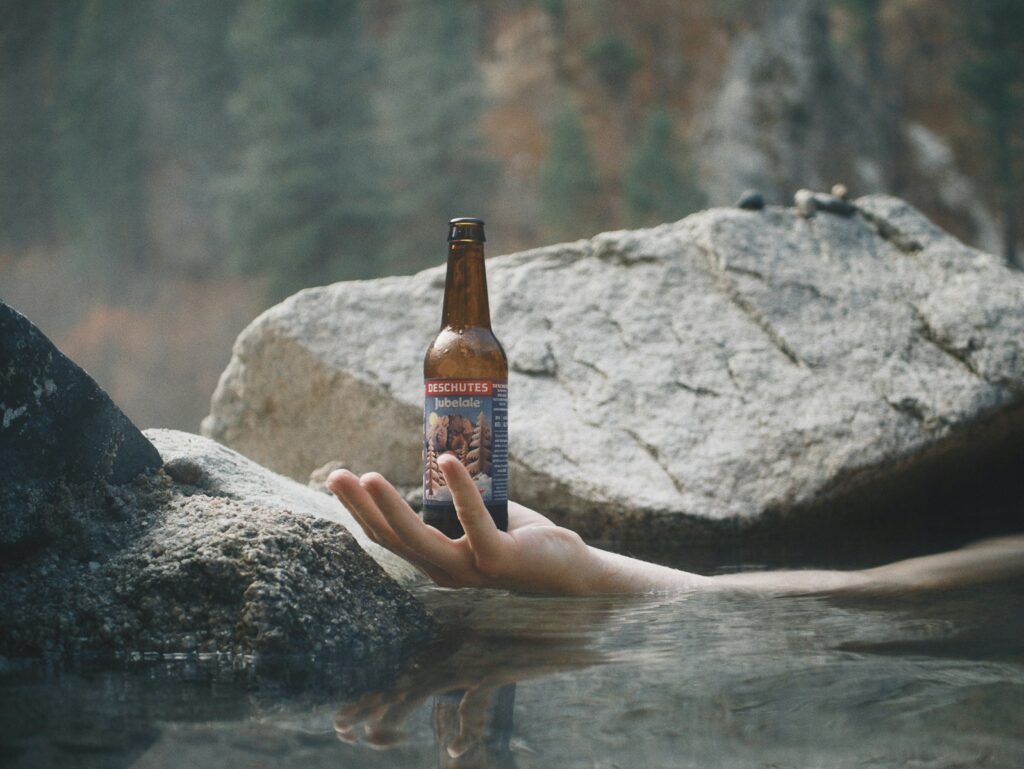
Preserving the pristine condition of natural hot springs requires conscientious visitor behavior guided by leave-no-trace principles. Always pack out everything you bring in, including seemingly biodegradable items like food scraps that can alter water chemistry and attract wildlife. Avoid using any soaps, shampoos, or lotions before entering springs—even biodegradable products can disrupt delicate microbial ecosystems and water chemistry that may have developed over centuries. Respect traditional clothing norms which vary by location; some springs have established clothing-optional traditions while others maintain more conservative expectations. When photographing hot springs, be mindful of others’ privacy and the sacredness many indigenous cultures attribute to these places. Never rearrange rocks or alter the natural flow of springs, as this can permanently damage thermal features formed over thousands of years. Keep voices low, especially at night, to preserve the tranquil atmosphere that makes these places special and to avoid disturbing wildlife that may depend on spring environments. Remember that every responsible visit helps ensure these remarkable places remain accessible and beautiful for future generations.
Finding Hidden Hot Springs: Research Resources
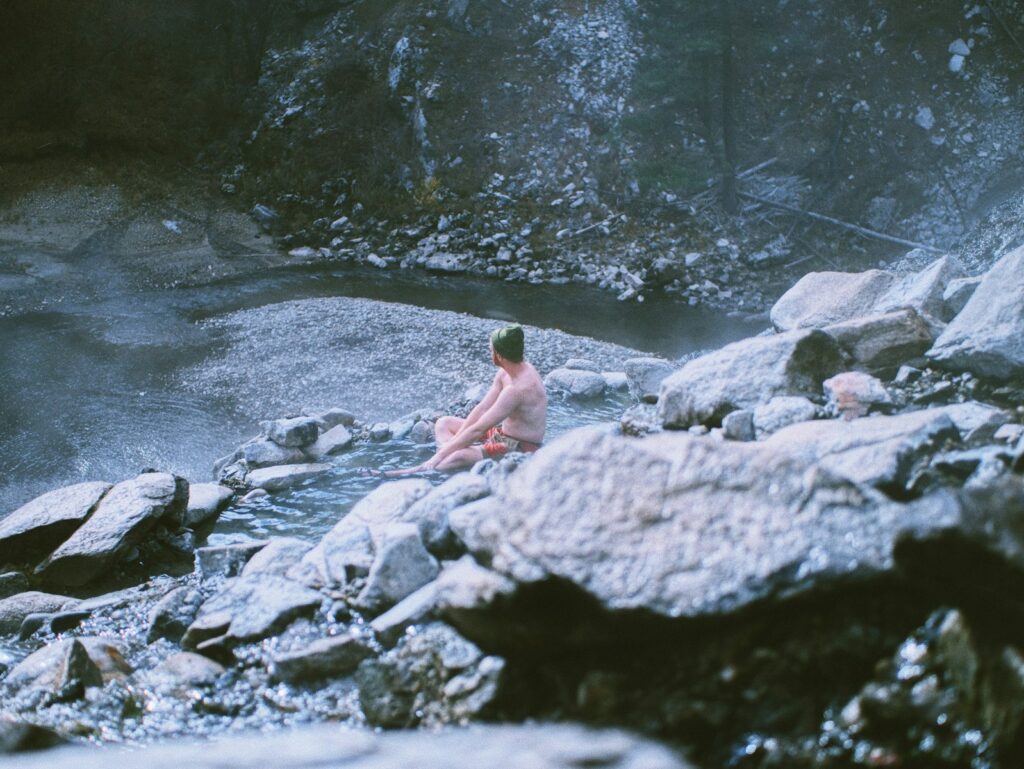
Discovering lesser-known hot springs requires thoughtful research through diverse sources beyond mainstream travel guides. Online communities like regional hiking forums and specialized groups dedicated to hot springs enthusiasts often provide current, accurate information about access and conditions, though members typically expect newcomers to demonstrate respect for these sensitive locations. Field guides specific to geothermal areas, such as Evie Litton’s “Hiking Hot Springs in the Pacific Northwest” or Sally Jackson’s “Touring Colorado Hot Springs,” offer comprehensive directions and historical context unavailable in general travel resources. Topographic maps sometimes indicate thermal features with special symbols, particularly USGS maps which may mark even undeveloped springs. Local knowledge remains invaluable—rangers at nearby national forests or BLM offices can provide guidance, while long-time residents in communities near geothermal areas often know of springs absent from published materials. When researching, pay close attention to seasonal access limitations, as many premier hot springs require difficult winter approaches or become inaccessible during spring runoff when rivers rise dramatically.
Seasonal Considerations for Hot Springs Camping
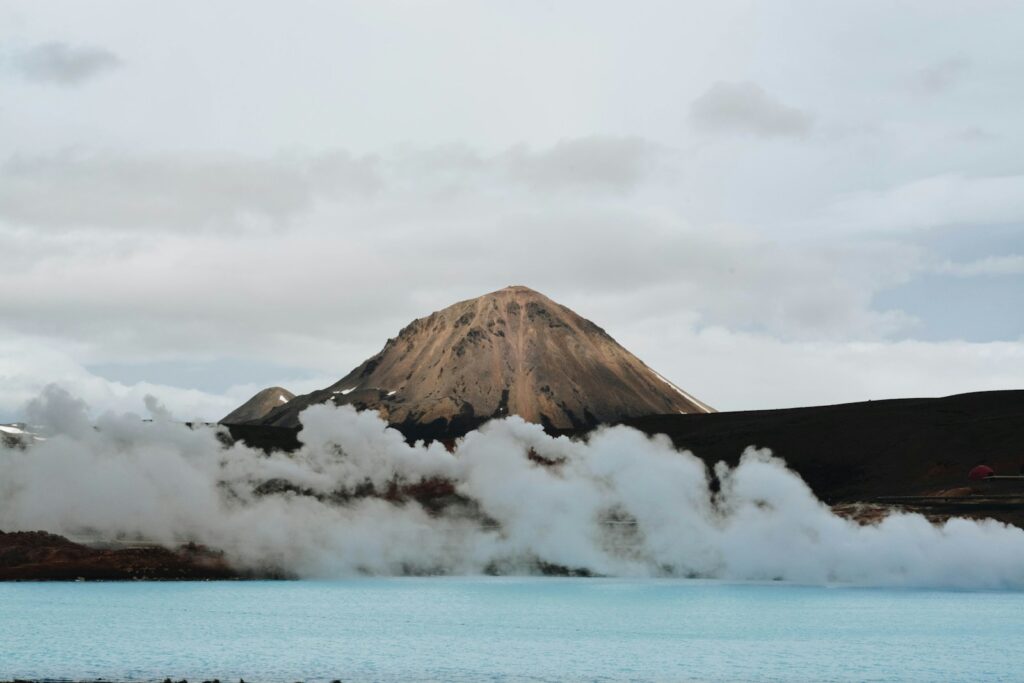
Each season offers distinct advantages and challenges for hot springs camping experiences. Winter often provides the most magical soaking experiences as steam rises dramatically against snowy backdrops and crowds thin significantly, though access may require snowshoes, skis, or specialized vehicles, and camping demands proper cold-weather gear. Spring brings wildflowers and rejuvenating energy to many hot springs areas, but also unpredictable weather patterns and potentially dangerous high water conditions as snowmelt swells nearby waterways—sometimes completely submerging riverside springs. Summer offers easiest access to remote springs but typically brings the largest crowds, especially on weekends and holidays, making midweek visits advisable for those seeking solitude. Fall may represent the perfect compromise, with cooler temperatures enhancing soaking pleasure, reduced visitation after Labor Day, and often spectacular foliage surrounding pools in forested regions. For desert hot springs in the American Southwest, winter and spring typically offer the most comfortable camping conditions, while summer temperatures can make tent camping nearly unbearable despite the allure of cooling off in adjustable-temperature springs.
Wildlife Encounters at Thermal Areas
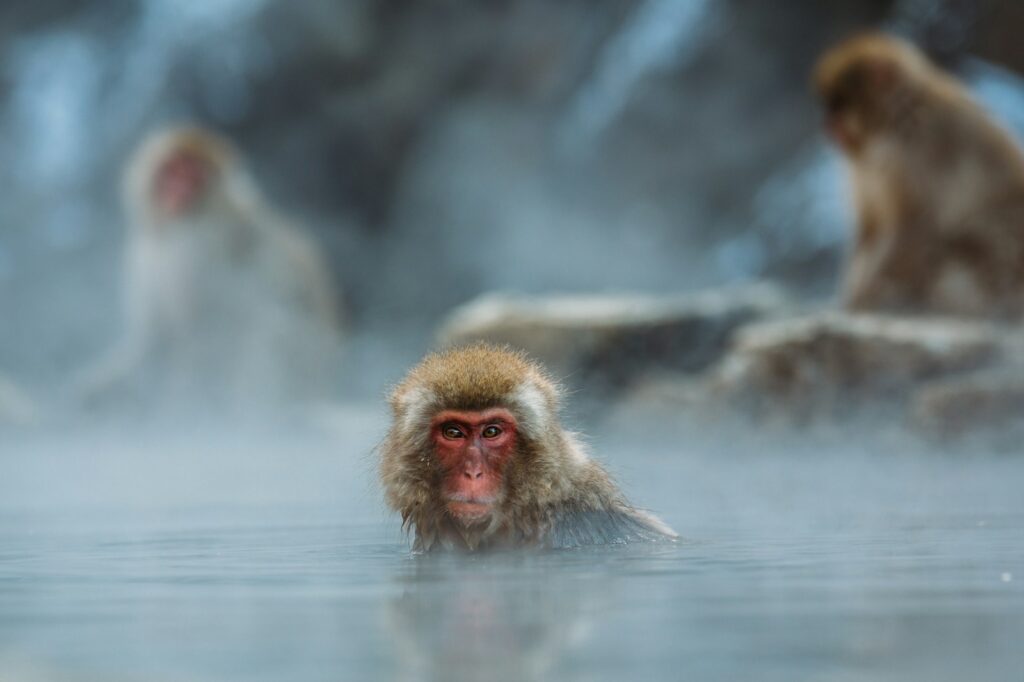
Hot springs create unique microhabitats that attract diverse wildlife, offering observant campers remarkable viewing opportunities along with responsibilities to minimize human impact. In northern regions, large mammals including elk, deer, and occasionally bears visit springs during colder months, using the warmth to conserve energy and find ice-free drinking water. Dawn and dusk provide optimal wildlife viewing times, when approaching springs quietly may reveal animals utilizing these thermal resources. Bird species often concentrate around hot springs in winter, from small songbirds drinking from warm rivulets to waterfowl gathering in heated ponds that remain unfrozen. At microscopic levels, thermal waters support extremophile organisms adapted to conditions that would kill most life forms—these specialized bacteria often create the vivid colors seen in and around hot spring pools. When encountering wildlife, maintain respectful distances and never approach or feed animals, which can alter natural behavior patterns and create dangerous dependencies or aggression. Remember that many creatures rely on these thermal areas for survival during harsh weather, making minimal human disturbance particularly important during winter months.
Camping Regulations Near Protected Hot Springs
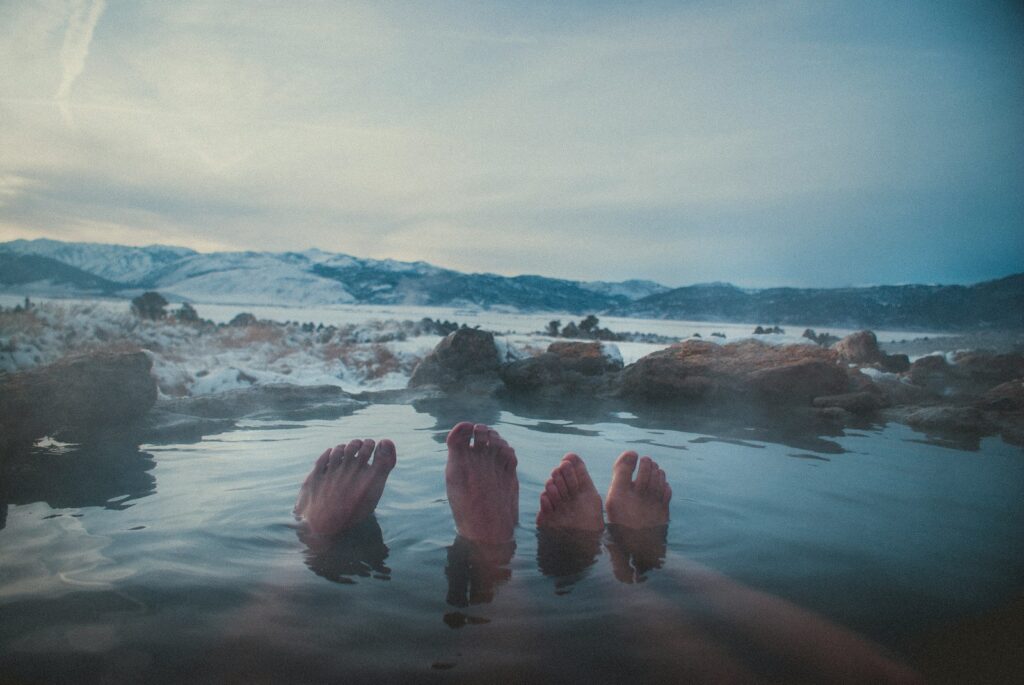
Regulations governing camping near hot springs vary tremendously depending on location, land management authority, and the ecological sensitivity of individual springs. In designated wilderness areas, dispersed camping may be permitted but often with specific setback requirements from water sources—typically 100-200 feet from springs to protect both water quality and wildlife access. Many popular hot springs on public lands have implemented permit systems or reservation requirements to manage visitor impacts, particularly in fragile desert environments where vegetation recovers slowly from trampling. National Park hot springs typically have the strictest regulations, often prohibiting camping in the immediate vicinity of thermal features and sometimes restricting soaking to designated developed pools. Before planning any hot springs camping trip, contact the managing agency (Forest Service, BLM, Park Service, or state authorities) for current regulations, as rules frequently change in response to increased visitation or resource damage. Tribal lands containing hot springs may have entirely different access protocols requiring explicit permission, guided visits, or may be closed to non-tribal members entirely, reflecting the sacred status these springs hold in many indigenous cultures.
Family-Friendly Hot Springs Camping Options
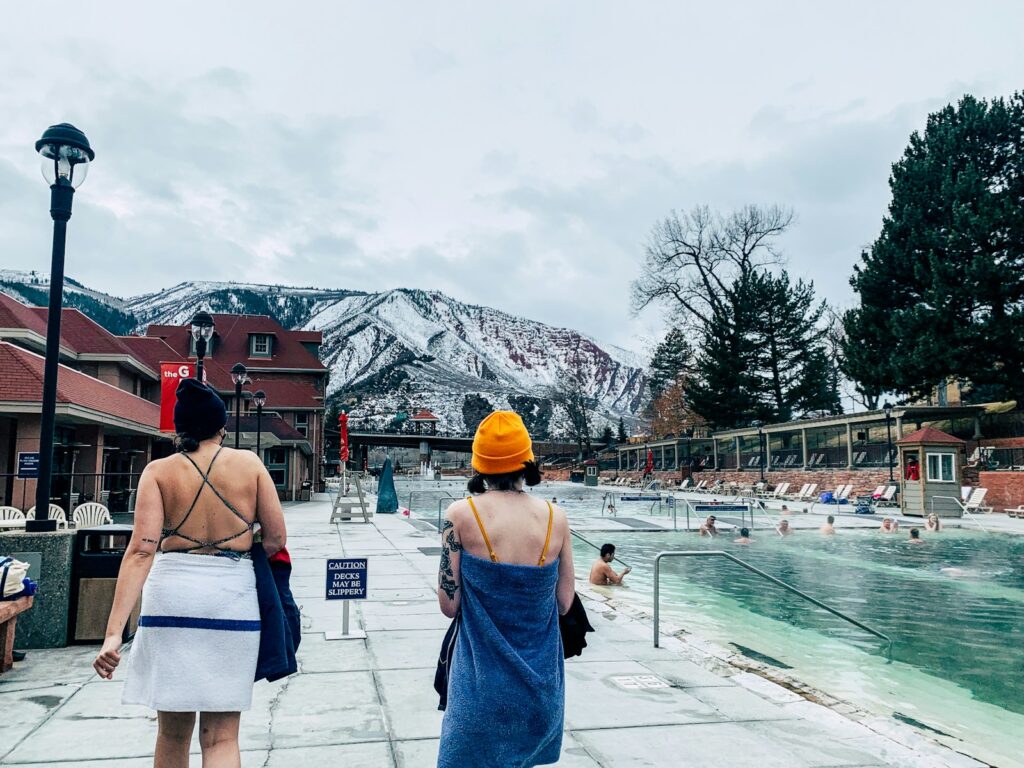
Families seeking the magic of hot springs camping should prioritize destinations that offer appropriate facilities, safe water temperatures, and activities for various age groups. Idaho’s Miracle Hot Springs presents an ideal family option with developed campgrounds adjacent to controlled-temperature pools, including dedicated children’s soaking areas maintained at gentler temperatures. California’s Orr Hot Springs Resort provides family camping with access to regulated pools where mineral content and temperatures are carefully monitored. Oregon’s Belknap Hot Springs on the McKenzie River offers lodge accommodations alongside camping, with beautifully landscaped grounds and two swimming pool-sized hot springs perfect for children and adults alike. When evaluating hot springs for family suitability, consider facilities like restrooms, changing areas, and drinking water availability, along with pool depth and temperature variability. Colorado’s Cottonwood Hot Springs provides cabin accommodations alongside camping and offers graduated pools of different temperatures, allowing family members to find comfortable soaking options. For wilderness-inclined families, Utah’s Fifth Water Hot Springs (Diamond Fork) offers a moderate hiking approach to gorgeous blue pools in multiple temperature ranges, with dispersed camping opportunities in the surrounding national forest.
Creating the Ultimate Hot Springs Camping Experience
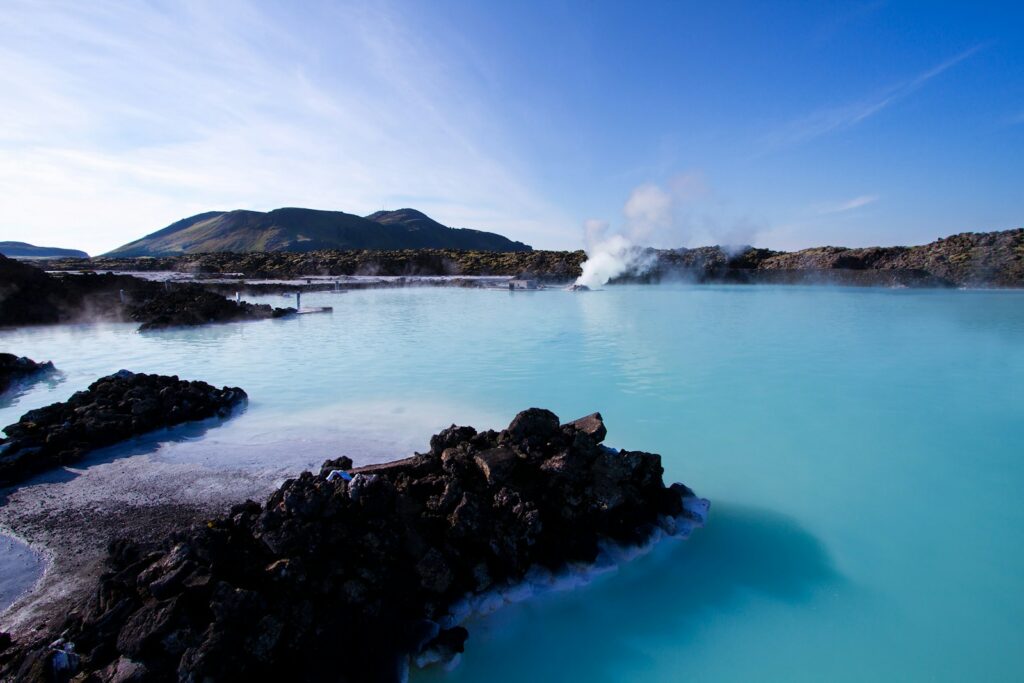
Crafting a transcendent hot springs camping experience combines practical preparation with mindful presence in these extraordinary natural settings. Timing your visit to coincide with astronomical events can create unforgettable memories—soaking during meteor showers like the Perseids in August or Geminids in December offers the rare pleasure of watching shooting stars from warm waters. Bring easily prepared foods that require minimal cleanup, allowing more time for relaxation rather than camp chores, and consider packing special treats like good chocolate or tea that complement the contemplative nature of hot springs soaking. Creating comfortable relaxation areas near your campsite with portable hammocks or lightweight camp chairs extends the restful atmosphere beyond pool time. For photography enthusiasts, waterproof cameras capture unique perspectives, while leaving cameras behind entirely allows for deeper immersion in the sensory experience. Plan soak times thoughtfully—early morning often provides solitude even at popular springs, while nighttime soaking under stars creates profound connection with the natural world. Perhaps most importantly, build flexibility into your itinerary with unscheduled time for extended soaks, unexpected discoveries, or simply being present with the remarkable phenomenon of Earth’s healing waters emerging in beautiful wild places.
The combination of primal elements—fire’s warmth within Earth, the wilderness air, and healing waters—creates an experience that satisfies something deeply human in us all. Hot springs camping connects us to ancient human traditions while offering a uniquely modern escape from digital overwhelm into natural simplicity. Whether you’re seeking adventure, healing, or simply profound relaxation, these thermal wonders surrounded by natural beauty provide an experience unlike any other outdoor pursuit. By approaching these special places with respect, preparation, and openness to their magic, you’ll discover not just a memorable camping trip, but a transformative communion with one of nature’s most extraordinary gifts. The steaming waters that have bubbled from Earth’s depths for millennia await your respectful visit, offering their mineral-rich embrace under the open sky—nature’s perfect pairing of wild adventure and profound relaxation.

